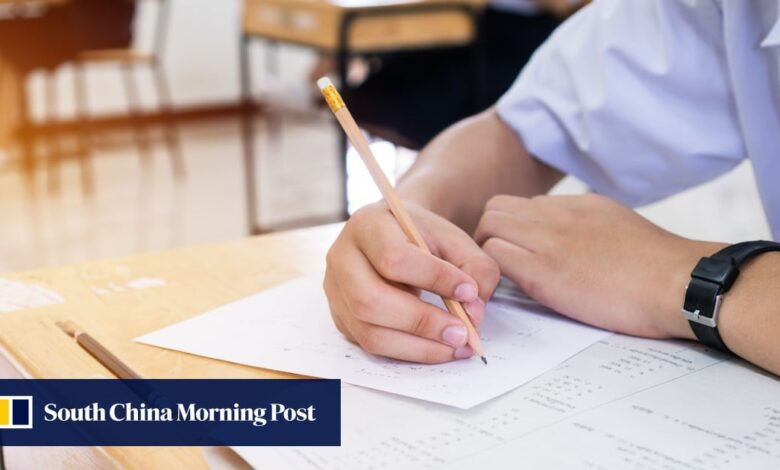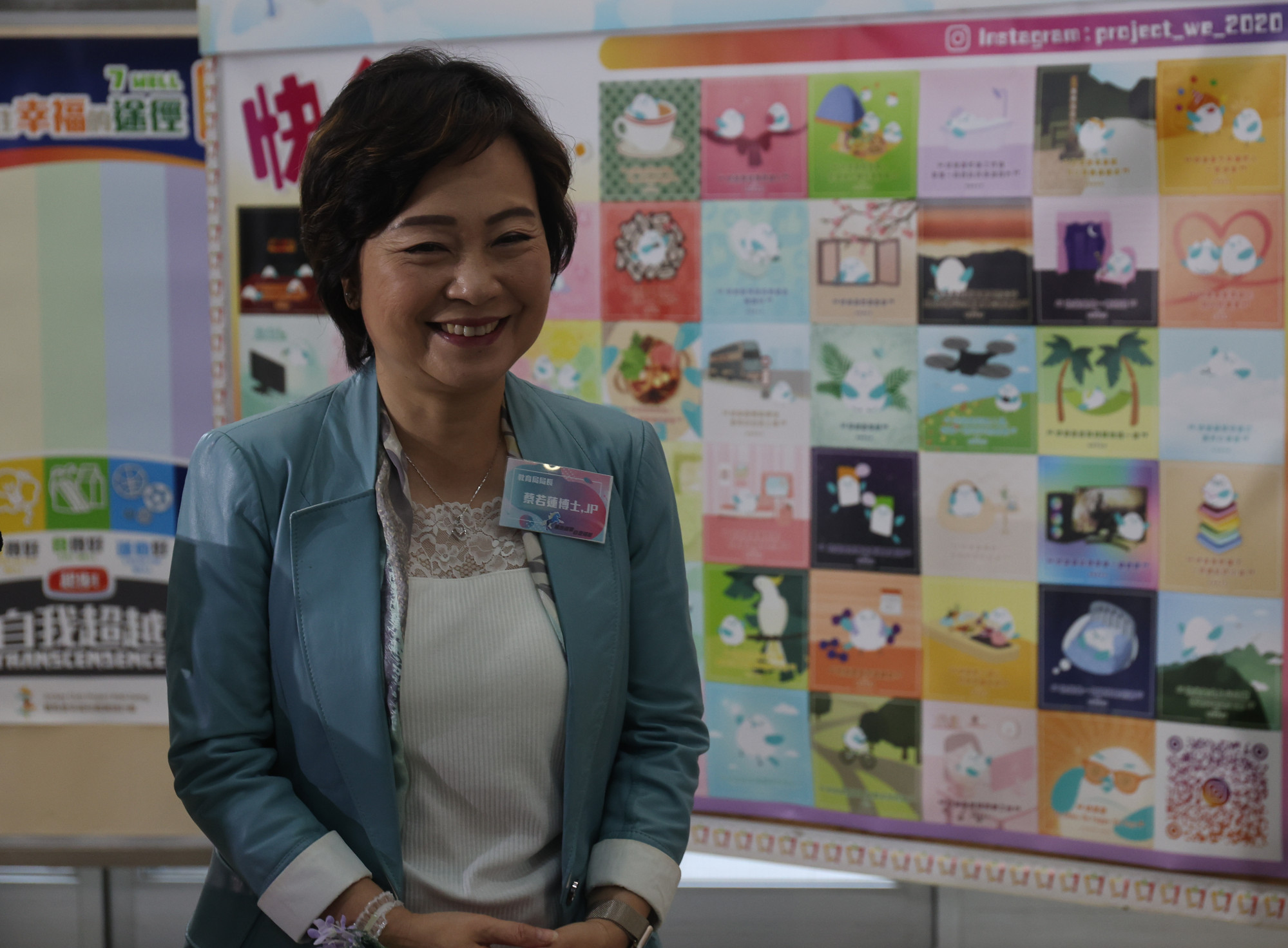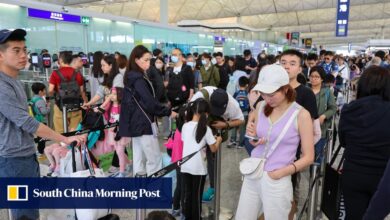Hong Kong’s public primary, secondary schools add 11 classes for academic year, with uptick ‘linked to arrival of mainland Chinese talent’

[ad_1]
Hong Kong’s public primary and secondary schools have added 11 classes for the new academic year, with one sector leader attributing the higher-than-expected figure to mainland Chinese workers and their children arriving through talent schemes.
The Education Bureau on Friday said four Primary One and seven Form One classes had been added to those approved earlier, following an annual headcount exercise conducted at the start of the school year in mid-September.
Polly Chan Suk-yee, a primary school principal and vice-chairwoman of the Hong Kong Aided Primary School Heads Association, said the new classes were linked to “external circumstances”, stressing that the shrinking student population was a structural issue that could hardly be offset by the inflow of new arrivals.
Hong Kong’s semi-private schools get go-ahead to raise fees by 4% on average
Hong Kong’s semi-private schools get go-ahead to raise fees by 4% on average
“There are mainland students who moved to Hong Kong with their families, who were admitted under the various talent schemes, and some are children of returning migrants,” she said.
The full reopening of the border with the mainland earlier in the year also resulted in the return of cross-border pupils, she added.
“But there are still a lot of uncertainties because we are not sure if that uptick will happen next year too … so the strong sense of crisis for class-cutting and school closure remains.”
Chan said primary schools could focus on enhancing teaching and learning quality, as well as strengthening ties with kindergartens to improve enrolment amid the uncertainties.
Hong Kong school facing closure risk offers pupils HK$10,000 ‘scholarship’ to enrol
Hong Kong school facing closure risk offers pupils HK$10,000 ‘scholarship’ to enrol
The sector has been facing mounting pressure over school closures amid a shrinking population, driven by an emigration wave and low birth rates.
Over 80 Primary One classes from more than 70 government and aided institutions were axed for this academic year, according to the “Primary School Profiles 2023” released by the Committee on Home-School Cooperation earlier this month.
Those axed included five schools that were told in March they could not operate any Primary One classes for the new year due to insufficient enrolment.
Authorities earlier estimated the number of children eligible to join Form One would drop by almost 14 per cent from 71,600 this year to 60,000 in 2029, with some opting not to enrol for public sector schools.
The number of Primary One pupils in public schools has continued to fall, hitting a new 12-year low with only 43,744 joining the admission system in the last academic year. Numbers for this year have not yet been released.

Secretary for Education Christine Choi Yuk-lin earlier said adjusting the number of classes was a pragmatic approach to dealing with the decreasing number of students.
Under the current policy, public schools that fail to enrol a minimum of 16 students for Primary One cannot operate the class. They must instead submit solutions for government approval, or face having to close down gradually.
Forty-two schools operated a single Primary One class in the last school year. Around a dozen of them traditionally only had one class due to limited campus size, while the rest were at greater risk.
A spokesman for the bureau said the latest headcount found no secondary schools with only a single Form One class, which meant none would face the risk of closing down under a recently tightened rule.
Hong Kong’s Rosaryhill School sponsor ‘floats sending pupils to aided institution’
Hong Kong’s Rosaryhill School sponsor ‘floats sending pupils to aided institution’
Under the new regime, schools must secure at least three Form One classes before each year’s headcount in mid-September to avoid endangering their futures.
Those with only one class would have to submit a survival plan to officials for approval or begin winding down operations. While those only managing to bring in enough pupils for two classes for two consecutive years would not be allowed to open more classes in future.
Official figures showed 19 subsidised and government secondary schools were each running two Form One classes in the last academic year.
The bureau said the number of approved classes was affected by changes to the school-age population and the movement of pupils, including relocation within the city and migration, as well as parents’ preferences.
“In view of the structural decline of the student population, the government will continue to review the number of student places, and adjust the number of schools in an orderly and gradual manner, with an aim to achieve a ‘soft-landing’ and ensure the sustainable development of schools,” the spokesman said.
[ad_2]
Source link





